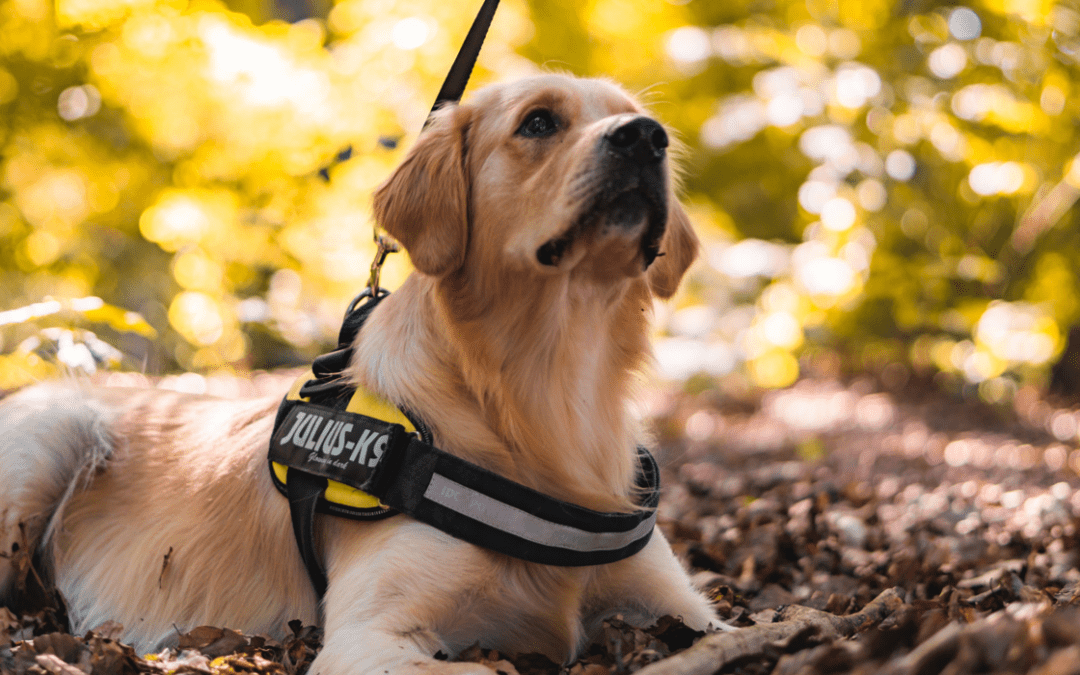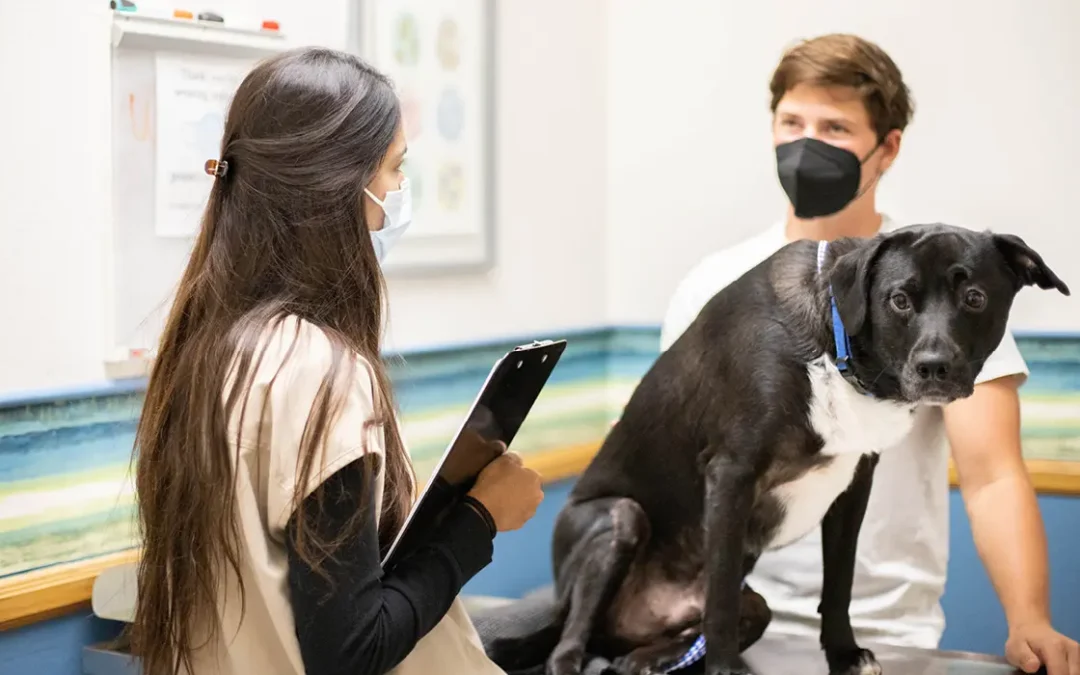As a loving pet parent, you want to do everything in your power to make sure that your furry family member is as happy and healthy as possible. But pets are unable to tell us how they’re feeling, so it can sometimes be challenging to know when they’re in pain. In this post, we’ll explore some of the most telling signs of pain in cats and dogs so you know when it’s time to visit your vet.
Behavioral Changes
Behavioral changes can be a sign that your dog or cat is experiencing pain. Lethargy and decreased activity are two of the most common signs of pain in cats and dogs. Pets suffering from pain may also exhibit changes in sleeping patterns or avoid interacting with family members.
Agitation or aggression can also be a sign of pain in cats and dogs. If your pet is usually gentle but suddenly begins to growl or snap, this could be a signal that they are in pain.
Behavioral changes are often the first telling sign that something’s wrong with your dog or cat, and can sometimes even be an indicator of life-threatening illness. Take note of any particular behavior patterns that could indicate underlying pain. For example, does your pet only become agitated or growl when you scratch their left ear? If you notice any behavioral changes in your furry family member, please take them to your vet right away.
Loss of Appetite
If your pet has been eating normally, but suddenly stops – especially if they’ve also lost weight or started vomiting – this could be a sign of pain. Some common causes for loss of appetite include bacterial or viral infections, liver disease, kidney disease, and even cancer.
Dental issues like tooth decay, gum disease, and plaque buildup on the teeth can also lead to loss of appetite. Your pet may be reluctant to eat because of the pain caused by these dental complications. Please visit your veterinarian immediately if your pet has problems eating or experiences sudden weight loss.
Abnormal Gait
Changes in your pet’s gait are often one of the first signs that they’re in pain. When your pet is hurting, they may walk slower or not want to move at all. Limping and favoring certain limbs are among the more obvious signs that something’s wrong.
In addition, you may notice that your pet appears unsteady on their feet and has a difficult time maintaining balance. Severe pain can also cause your pet to drag one of their limbs or walk in an abnormal way. Take your pet to your veterinarian as soon as possible if you notice any of these symptoms.
Excessive Grooming
Excessive grooming is a tell-tale sign of pain in cats and dogs. Many pet parents don’t realize their cat or dog is grooming more than usual until they see the hair on their floor, furniture, and clothing.
Increased grooming or excessive licking of a certain area may be an indicator that your pet is experiencing localized pain. Pets who are grooming excessively may also have wounds that need to be cleaned and treated by a veterinarian.
Failure to groom can also be a sign of pain in cats and dogs. Pets that aren’t grooming themselves may have severe generalized pain or conditions such as osteoarthritis. If you notice any of these signs, don’t hesitate to speak with your veterinarian about what they may mean.
Vocalization
If your cat or dog vocalizes more than usual, it could be a sign that they’re in pain. Cats are known to meow loudly when feeling discomfort and dogs often whine, bark, howl, or whimper when in pain.
If your pet has been vocalizing more than usual, take them to a vet as soon as possible. The sooner you discover the cause of their pain, the easier it will be to provide treatment for their discomfort.
Make sure to consult with a veterinarian immediately if your pet displays any telling signs of pain. Concerned that your pet may be suffering? Please schedule a checkup in the PetDesk app.






